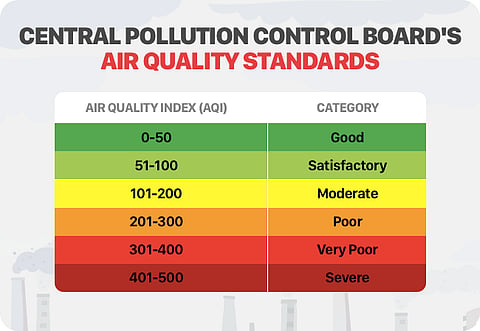
- Home
- Live Blog
- Breaking News
- Top Headlines
- Cities
- NE News
- Sentinel Media
- Sports
- Education
- Jobs

GUWAHATI: The air quality in Guwahati and Nalbari has plummeted dramatically over the last two days owing to suspended dust particles, vehicular emissions, among other factors, according to the Central Pollution Control Board (CPCB). Air quality index in both places deteriorated from 'satisfactory' on December 1 to 'poor' by the weekend, with PM10 identified as the dominant pollutant.
Gautam Kumar Mishra, a chief environmental scientist at Assam Pollution Control Board, opined that PM10s, which mainly emanate from the Brahmaputra, due to construction and the sand bars, are not as deadly as PM2.5 but remain dangerous enough to reach the lungs, where they cause harm. PM2.5 is more dangerous compared to PM10 and consists of fine particles of soot and smoke, among others.
According to Mishra, the dry season, from November to April, peaks at PM10 levels, which drops during the monsoon. He mentioned that the major contributors to the spike in pollution are construction activities, sand bars, deforestation, and increasing vehicle numbers. Guwahati has more than 14.71 lakh registered vehicles, while Nalbari has 1.64 lakh, which further worsens the air quality.
The degradation of wetlands, which absorb airborne pollutants, has also contributed to the problem. Mishra said that the absence of water bodies in Nalbari and the continued practice of burning municipal waste were major factors.
The four air quality monitoring stations in Guwahati have been providing real-time data, but the manual monitoring results are still pending. Mishra said that the government must take steps to control pollution and emphasized the role of wetlands in improving air quality.
Also Watch: